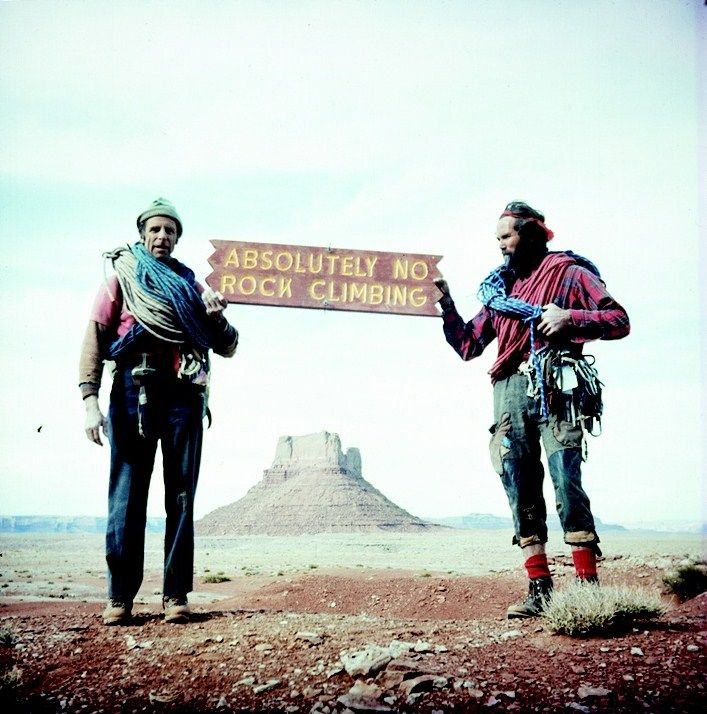Public policy and public perception of climbing is evolving. Climbing as a sport began in the 19th century. Edward Whymper and his Victorian era friends started “climbing” as an elite leisure activity 150 years ago. Working class climbers took to this activity in England in the 20th century and they started (literally) using railroad hardware for anchors. American climbing acquired a bit of a counterculture edge in the 1970’s and then, in part due to the growth of sport climbing and then bouldering, climbing has grown to be perceived by many as a more mainstream sport. Many Americans have even seen it on TV.
Today’s climbers are, more than ever, dedicated to climbing as an athletic endeavor. The business side of climbing has grown tremendously in the last few decades, too, as many of us buy gym memberships, we constantly upgrade to the latest gear, and we splurge for plane tickets to exotic climbing destinations around the world. With this evolution of the sport, more public and political attention is directed to climbing.
Examples of how the more mainstream side of climbing impacts how we may be managed include the following:
In 2014, Washington governor Jay Inslee established a Blue Ribbon Task Force to develop an action plan for increasing outdoor recreation on public lands in the State. The governor’s office reports that, each year, Washingtonians and visitors spend 21.6 billion dollars on outdoor recreation and, in addition to the economic reasons to support recreation, it cuts health care costs, brings families closer together, helps kids learn at school, and protects the environment. Read more…
Snohomish County has embarked on a Destination Darrington campaign, promoting climbing, hiking, mountain biking, and river sports as an economic activity. Read more…
On the national level, leadership in the National Park Services and the U.S. Forest Service have decided that they need to find ways to bring more people onto our public lands or, not only will support for those public lands erode—but the health of our nation will decline. At least ten governors – Democrats and Republicans – have launched statewide conference or campaigns. Read more…
And conservation groups like Washington Wild are promoting public access and recreation on public lands because they realize that, without a connection to the land, tomorrow’s voters may not be inclined to vote in support of the preservation of those lands. Read more…
The good news about much of this is that, more and more, public officials and others influential in recreation management on public lands are recognizing that outdoor recreation, including climbing, is a “public good.” With increased recognition come some challenges, but there are also real opportunities here. While most climbing enthusiasts may have benefited from avoiding attention in the past, there are new opportunities associated with attracting attention. We have potential allies in local county government, but also in the governor’s office, State agencies, Congress, and maybe even the White House. The Washington Climbers Coalition encourages broader climber participation in these discussions so that our voice can be heard. Climbing is good for us – it feeds our sooul – but it has a real impact on business and the economy and it is good for those who don’t climb too. This can be a strong argument when faced with arguments that such-and-such an area or activity should be closed because the public pay to rescue irresponsible adrenaline junkies who get hurt.


